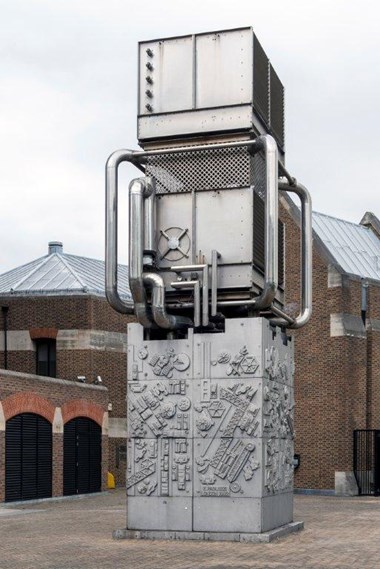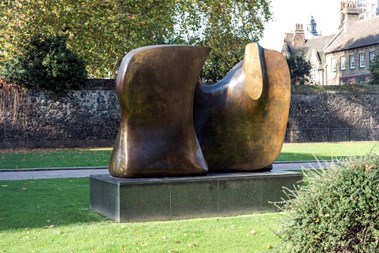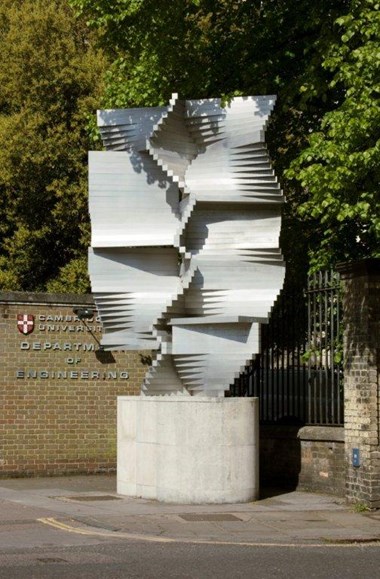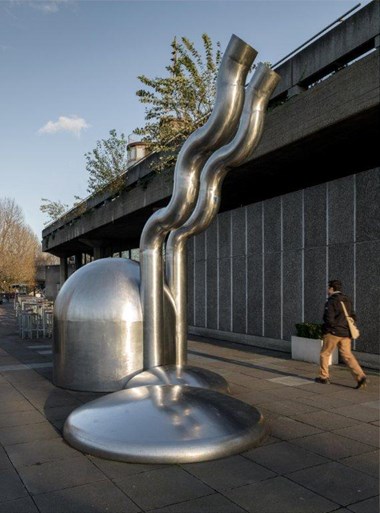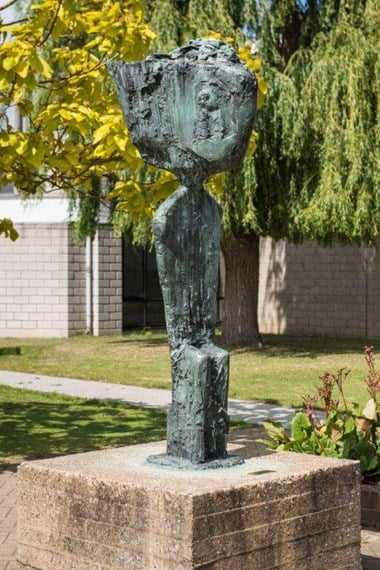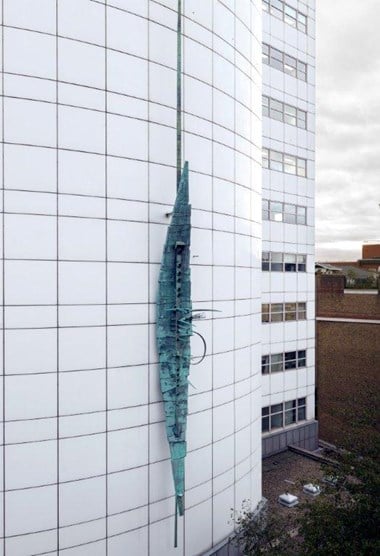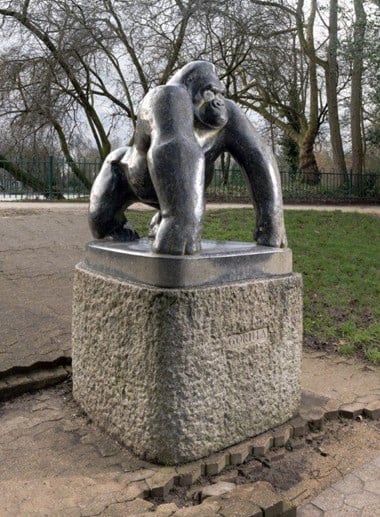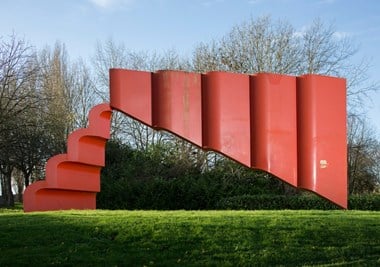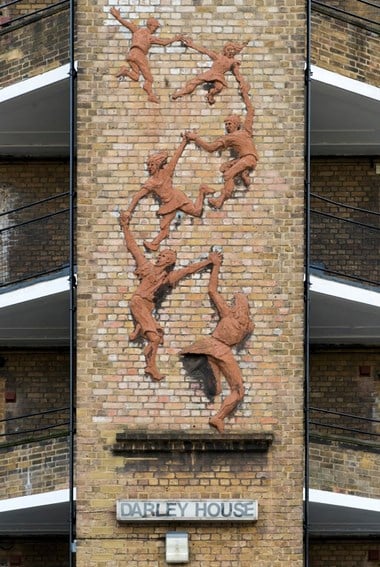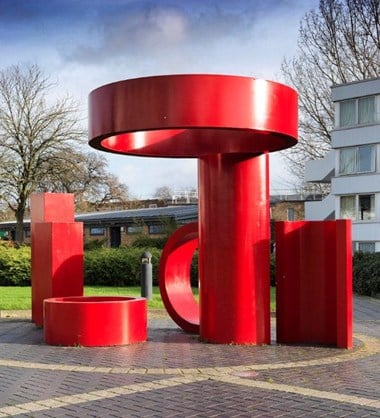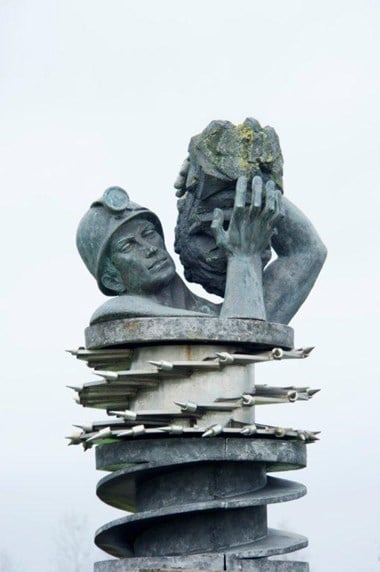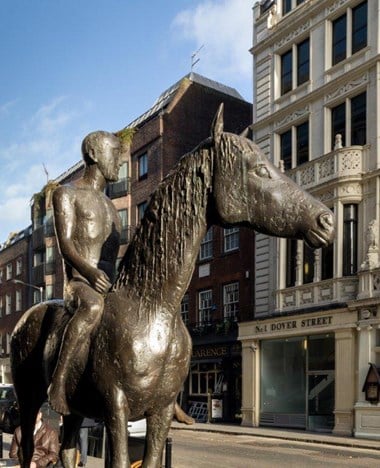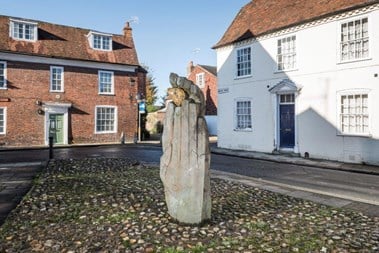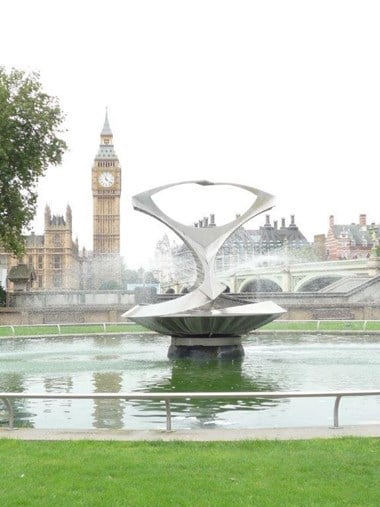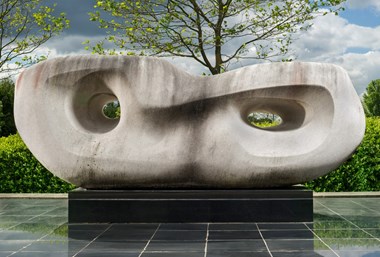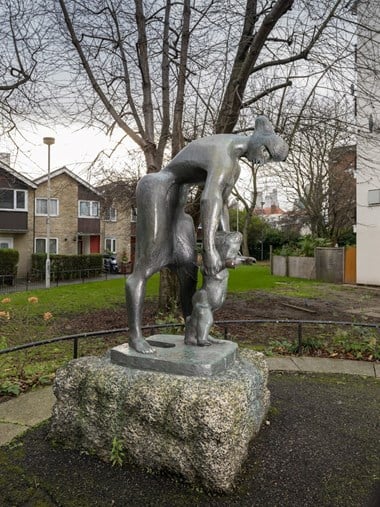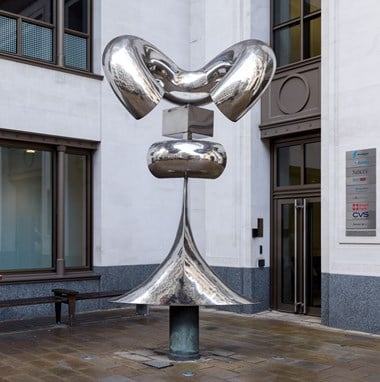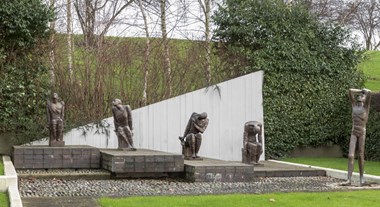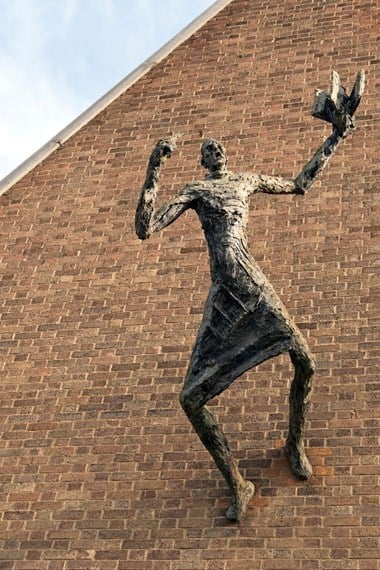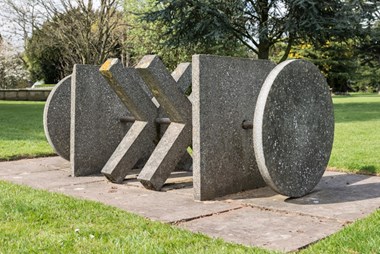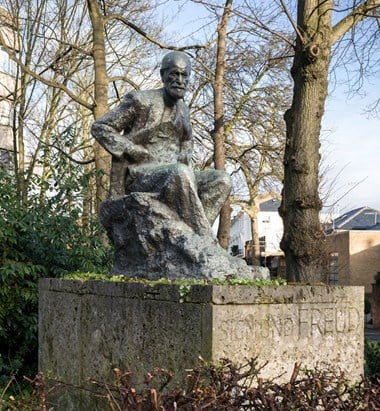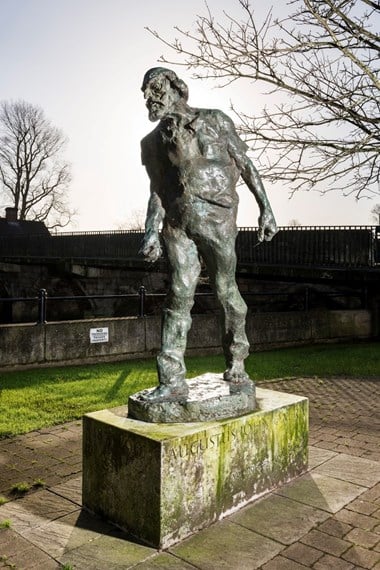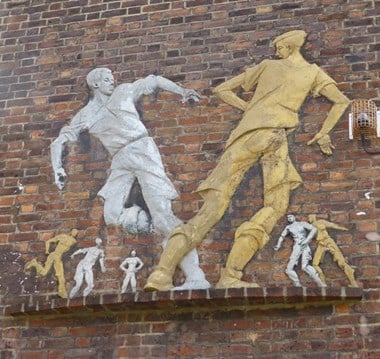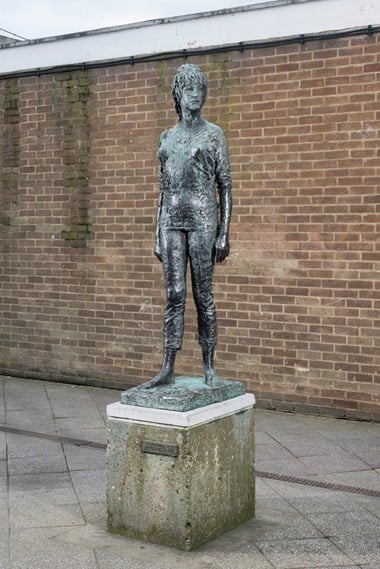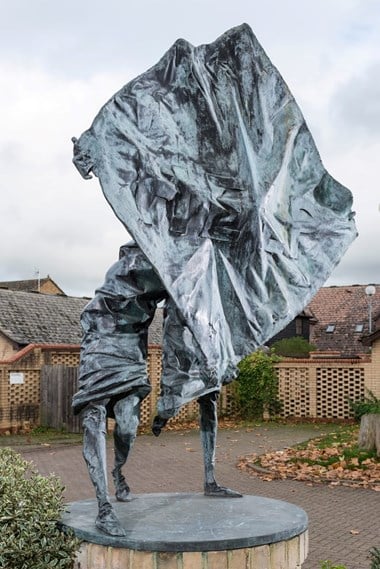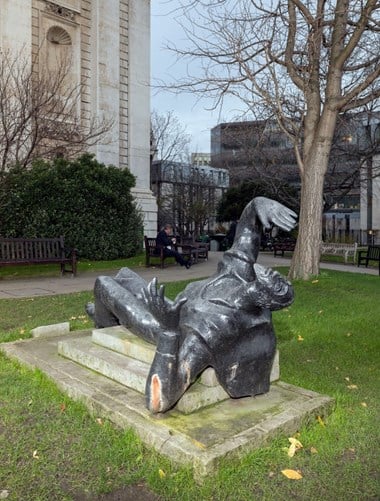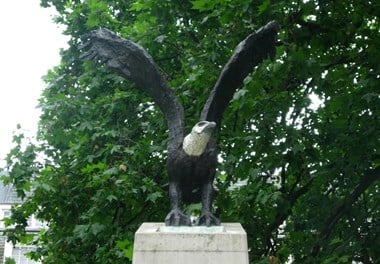Post-War Public Art Listed
- 41 sculptures across England designed to bring our public spaces back to life after WWII are newly listed
- First listing of a piece by internationally celebrated public artist Antony Gormley
- New exhibition at Somerset House will explore loved, lost, damaged and destroyed public art from the post-war period
From an Antony Gormley masterpiece, his first to be listed, to three Barbara Hepworth sculptures, a Henry Moore outside the Houses of Parliament and pieces depicting a range of themes from the power of electricity to the women’s peace movement in Northern Ireland, the Department for Culture, Media and Sport has today listed 41 post-war public sculptures across the country on the advice of Historic England.
Newly listed sculptures
Please click on the gallery images to enlarge.
From Gormley to Moore, Hepworth and Paolozzi
These sculptures, most listed at Grade II and some Grade II*, were designed to bring our public spaces back to life after the Second World War as England began to repair its shattered towns and cities. This art was created for everyone, to humanise and enrich our streets, housing estates, work places, shopping centres, expanding universities and schools.
Among the new listings is Antony Gormley’s Untitled [Listening] in Camden, London. The first of his pieces to be listed, this was one of his first public sculpture commissions and marked the beginning of a career dedicated to creating monumental pieces of art for the public.
Three works by Barbara Hepworth have been listed. Listed at Grade II* is her Winged Figure - a landmark of London’s Oxford Street on the side of John Lewis - was designed, in her words, to make people feel “airborne in rain and sunlight” and Single Form (Memorial) in London’s Battersea Park was her personal response to the death of a friend. Rosewall (Curved Reclining Form) in Chesterfield, Derbyshire named after a hill in Cornwall is now listed at Grade II.
Elsewhere, four of the newly listed works are in Harlow, known as The Sculpture Town. These include Wild Boar by Elisabeth Frink and a play sculpture of a bronze donkey by Willi Soukop, now worn to a shine from years of use, designed so that children could interact with and experience art.
Newly listed sculptures
Please click on the gallery images to enlarge.
Brave New Art for a Brave New World
Through national exhibitions such as the 1951 Festival of Britain, created to celebrate the best of what Britain had to offer, public sculpture became an emblem of renewal, optimism and progress. London County Council and “new towns” such as Harlow in Essex led the way in patronage of public sculpture, commissioning works from some of Europe’s leading artists.
The 41 newly listed pieces capture the mood of post-war public feeling, depicting a range of themes from the celebration of industry in northern England such as mining and wool, to the importance of family, play and even a commemoration to children killed by the Blitz.
Some were unpopular at the time, being seen as too unsettling or too avant-garde and only now are they starting to get the appreciation they deserve. These sculptures form part of our irreplaceable national collection of public art now being recognised and protected by Historic England.
Newly listed sculptures
Please click on the gallery images to enlarge.
Heritage Minister, Tracey Crouch said:
“It is only right that these fantastic pieces are listed. Not only are they magnificent sculptures but they are also an important part of our history, capturing the mood of Britain after WWII.”
Roger Bowdler, Director of Listing at Historic England said:
“These sculptures were commissioned and created for everybody and have become a precious national collection of art which we can all share. They enrich our lives, bring art to everyone and deserve celebration. We have worked with the Public Monuments and Sculpture Association, Tate, and the Twentieth Century Society throughout this project to ensure our most special public art is protected and continues to enhance our public spaces.”
Sadly, our artistic heritage is in danger of being taken for granted. Historic England has recently warned that some fine works of public art have been destroyed, sold, lost or stolen.
Their stories, and those of these newly listed sculptures, will be explored in Historic England’s forthcoming exhibition at Somerset House, Out There: Our Post-War Public Art from 3 February to 10 April 2016. This exhibition will help people learn about this national collection and the stories behind it, so they will recognise the importance of these works.
Next Steps
Newly listed sculptures
Please click on the gallery images to enlarge.


![Untitled [Listening] by Antony Gormley, 1983-4. Maygrove Peace Park, London. Listed Grade II © Historic England Untitled [Listening] by Antony Gormley, 1983-4. Maygrove Peace Park, London. Listed Grade II](/media/7254/gormley-sculpture.jpg?mode=max&quality=90&width=380&upscale=false&rnd=131817426694100000)
